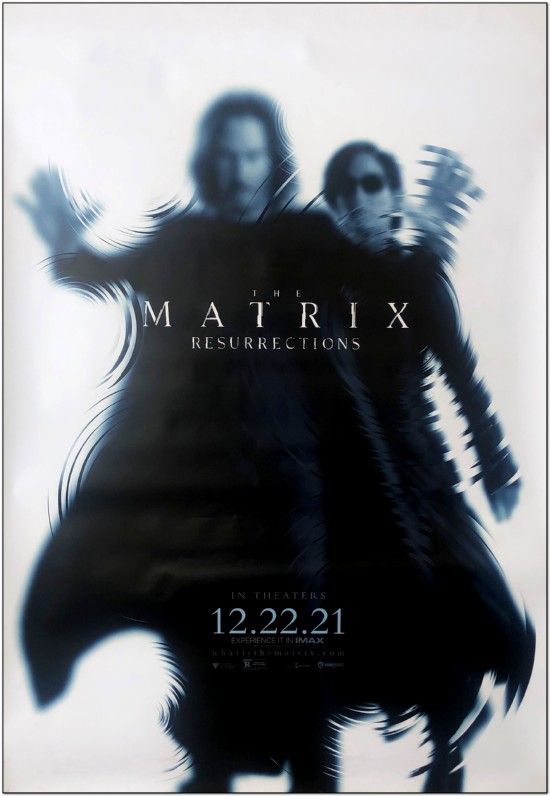Product Types --> American Posters
American Posters
With the emergence of the multiple screen cinemas, the studios chose to phase out many of the older styles of movie posters. Currently in North America, the principal advertising size for a movie poster is 27 x 40 - commonly referred to as a "One-Sheet". There are still various different sized posters used, but the major U.S. studios begin all their advertising campaigns based around the One-Sheet. In addition to the regular release One-Sheet poster produced for most movies, there are also "special" versions made for some films. Below we will explain some of the different styles used and provide examples of each.
One-Sheet:
Traditionally, the One-Sheet is the standard "size" for movie advertising in North America. The One-Sheet is undeniably the most popular size for collectors and consumers alike. It is usually printed on paper stock and the size of a U.S. One-Sheet is usually 27 x 41 if the poster is pre-1984. The studios shortened the posters a fraction after that so if you have a One-Sheet from 1984 or later, it will most likely measure 27 x 40. Also, most One-Sheets were mailed from the studios to the theaters folded prior to 1984, so if you have a poster before 1984, it is very likely it will be folded. After 1984, they began mailing them rolled to the theaters, so the same theory applies - if you have a poster from after 1984, chances are it's rolled. There always exceptions to these rules.
Here is an example of a typical U.S. One-Sheet:
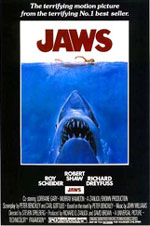
As mentioned above, there are a lot of different variations of One-Sheets, and here are some of them:
Advance Poster:
Sometimes called "Teasers". Advance One-Sheets are released before the film comes out to create the public's curiosity towards an upcoming film - to "tease" them if you will. Some of the advance posters have completely different artwork than the poster accompanying the final release version. Some are identical to the final version, but will have the credits missing and just the words "Advance", "Coming Soon" or "This Christmas" printed along the bottom of the poster in place of the credits.
Here is an example of a typical Advance Poster:
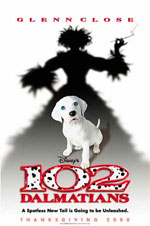
Anniversary Poster:
These One-Sheets mark a significant anniversary date of the original release date of an all-time favorite movie like "Wizard of Oz" or "Godfather". Sometimes the Anniversary poster will have completely different artwork or design than the original.
Here is an example of an Anniversary Poster:
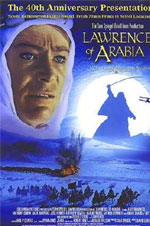
Award Poster:
Award One-Sheets are produced after a movie has either been nominated for an award OR has won an award - usually Academy Awards. These posters are an addition to a movie's regular One-Sheet and are usually rushed to get in front of the public's eye.
Here is an example of a typical award poster:
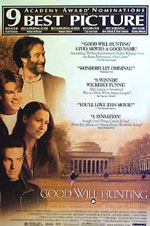
Re-Release Poster:
Many times a file is re-released back to the cinema if it had a successful first run. Disney does this many times with their films. Most often, you will find different artwork for each re-release.
Here is an example of a re-release poster. The first picture is the original release poster for the Little Mermaid from 1989. The second image is the poster from the re-release in 1997.
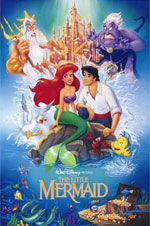
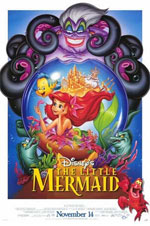
Review Poster:
These One-Sheets contain mostly quotes from notable film critics, newspapers or magazines and like award posters, are designed after a movie has been released and has had some success. Typically, review posters have very little artwork.
Here is an example of a review poster. This is from "Being There":
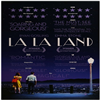

Character Posters:
These are usually advance posters and are of the different individual characters in the film. They are usually put out in sets.
Here are examples of different character posters. These are samples from the film "Gangs of New York".
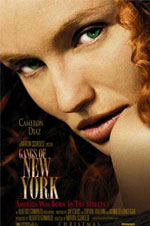
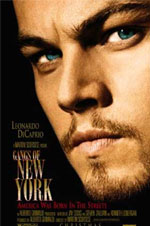
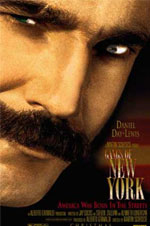
Different Versions:
Sometimes a film will have a series of One-Sheets as part of it's advertising campaign. You might see many styles of different posters for a film and they may be called Style A, B, C, etc. Each style will have a different design or artwork.
Here are examples of different version. These are three different version from "The Matrix".
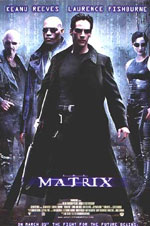
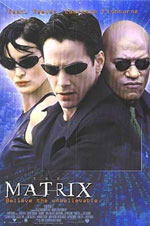
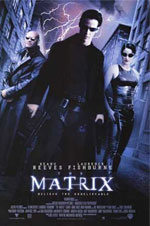
Double-sided Posters:
Many of today's One-Sheets that are produced are double-sided, meaning they have printing on both the front and back of the poster. The back of the poster is usually the mirror image of the front design. The reason studios started producing double-sided posters was so when they put the posters in the light box in the movie theater lobby, the light would shine through the poster a little better. Most double-sided posters are original, but there are some reprints (see "Reprint Posters") that are double-sided. Many new poster collectors make the false assumption that "if it's double-sided, it has to be an original". This is not true. Nor is the assumption, "if its single-sided, it has to be a reprint". That is also false.
Here is sample of both sides of a double-sided poster:
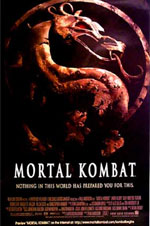
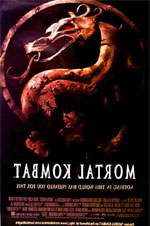
Linen Backed Posters:
Linen backing is a process whereby a poster is mounted to cloth, such as linen or cotton. Linen backing helps preserve the poster and makes the poster more durable. It is used by professional restorers to repair posters and return them to their original condition.
When the process was first utilized for movie posters, real linen was used as the backing cloth. Linen is extremely beautiful, soft, pliable and expensive. Most of today's restorers use 100% cotton duct. Cotton duct is a canvas material which is stiffer than linen, but is about one-third the cost. Linen is still used on occasion for extremely rare pieces.
Proper linen backing is actually accomplished through a double mounting process. The first step is putting the poster on a sheet of acid-free Japanese rice paper, then mounting the poster (with the rice paper) on to the duct cloth.
Posters that are linen backed for preservation purposes and are in very good or better condition normally command higher dollars than their unbacked counterparts.


Lenticular Posters:
Lenticular posters are usually One-Sheets that are three-dimensional, holographic designs. They are usually made out of polypropylene (a form of plastic) that usually makes these posters impossible to tear or crease. The design will change as you walk past the poster. These are very expensive to produce and thus, very expensive to purchase due to the rarity of them.
Here is a sample of some of the different views from the "Lost World" Lenticular Poster:
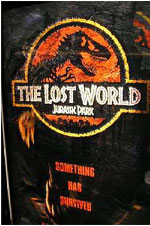

Limited Edition Posters:
Limited Edition posters contain original artwork and are released in limited numbers. Most are individually numbered.
Here is a sample of a limited edition poster. It is from "Alien Vs. Predator".
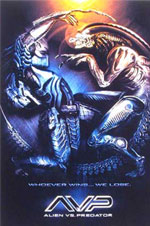
Half-Sheet
Half-sheet posters measure 28" x 22" and are printed on heavier card stock paper. They are generally found rolled and not folded. Half-Sheets were first used in the 1910's and discontinued in the mid 1980's. The artwork or design will usually be slightly different (sometimes completely different) than the One-Sheet design of the same movie.
Here is a sample of a half-sheet poster:
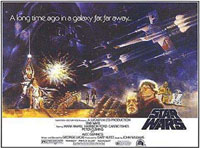
Insert
Insert posters are tall narrow posters that measures 14" x 36" and are printed on heavier card stock paper, although later studio inserts can be found on lighter paper. They can be found both rolled and folded. Inserts were one of the earliest forms of movie posters, beginning in the 1910's and used extensively until the 1980's. Due to it's unique size and attractive graphics, inserts are a very desirable form of poster sought by collectors.
Here is a sample of an Insert Poster:
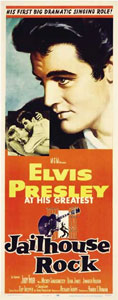
Window Card
Window Cards measure 14" x 22" and are printed on heavier card stock paper. These were typically used by movie theaters and even shops in the community and were placed in the windows for people passing by to see - hence the name "Window Card". These posters have a 4 inch area at the top that was left blank so the local theater could write in the show times of the film. Many window cards actually have the writing of the show times filled in and this does not diminish the value of the poster. However, if blank or filled in part has been trimmed away, it reduces the size of the poster and the value. These are know as Trimmed Window Cards. Various sizes of window cards were produced such as 10" x 18" (Mini Window Cards) and 22" x 28" (Jumbo Window Cards).
Here is a sample of a Window Card without writing at the top:
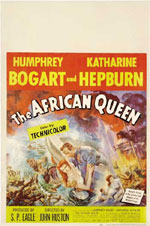
Here is an example of a Window Card with information filled in at the top:

30 x 40 Poster
30 x 40 posters measure exactly as they say - 30" x 40". They are made on heavier card stock paper and 99% of the time are found rolled. They typically have the same image as the One-Sheet poster from the same film and are no longer produced for films released in the domestic market today.
Here is a sample of a 30 x 40 poster:

40 x 60 Poster
40 x 60 posters measure exactly as they say - 40" x 60". They are made on heavier card stock paper and 99% of the time they are found rolled. They typically have the same image as the One-Sheet poster from the same film, but may have a different image than the 30 x 40 poster. They also are no longer produced for films released in the domestic market today.
Here is a sample of a 40 x 60 Poster:

Bus Stop Poster
Bus stop posters were specially designed to fit bus stop shelters in major cities. They typically measure between 45" x 68" and 48" x 72" and are usually printed on a coated heavy stock paper for display outside. Many are issued double-sided, and there are often multiple styles made for a single film. They will often contain different artwork than that of the one-sheet, and can therefore be highly desired by collectors. Finally, given that they are virtually always issued in advance of the film, we do not usually note "advance" or "teaser" on bus stops.
Here is a sample of a Bus Stop poster:
